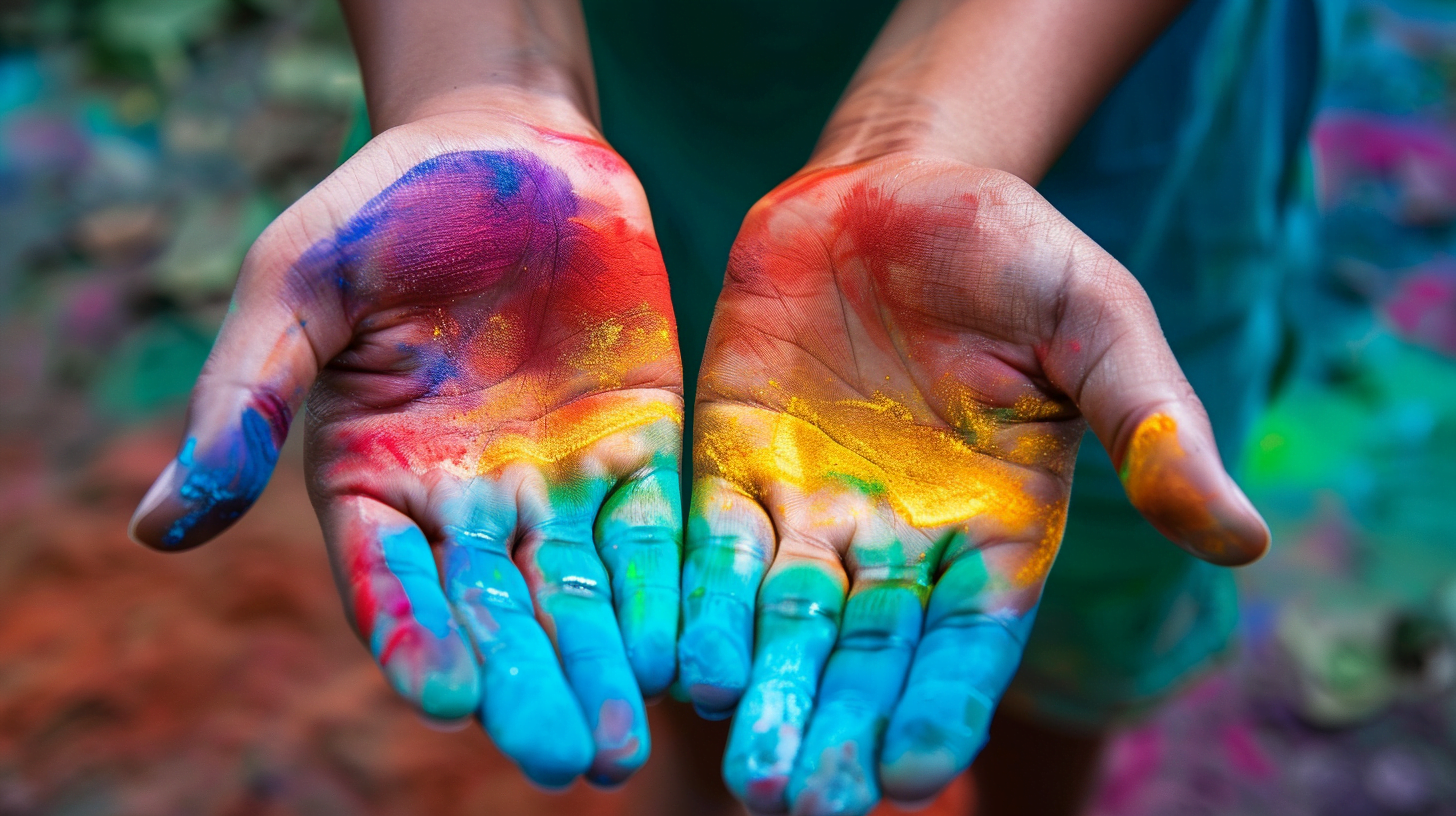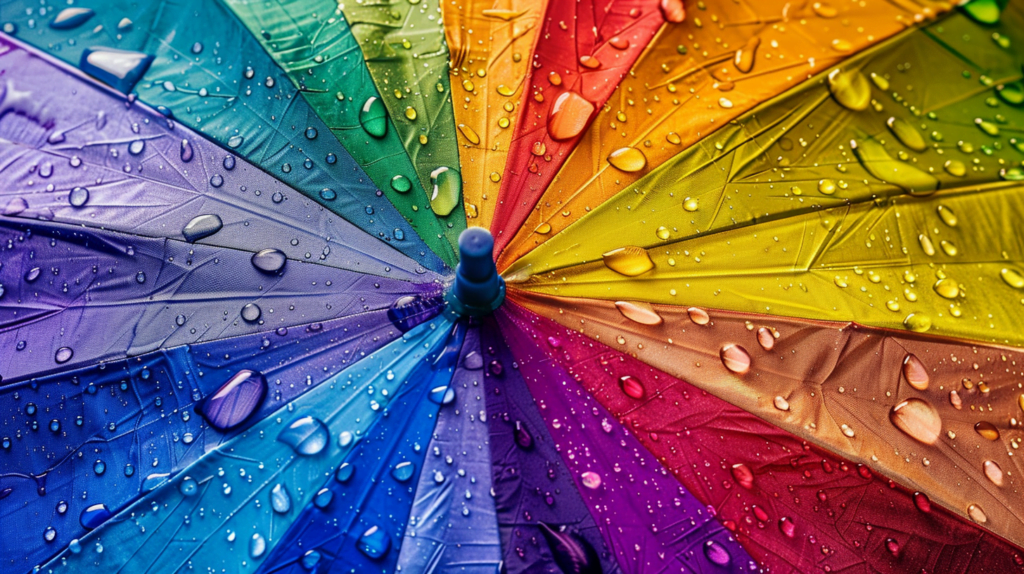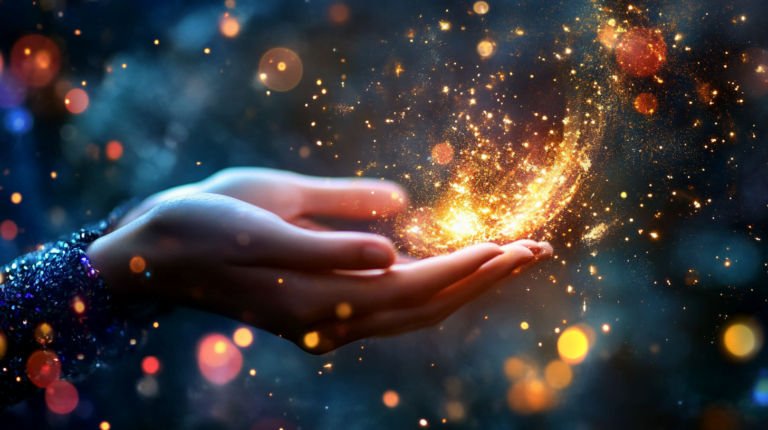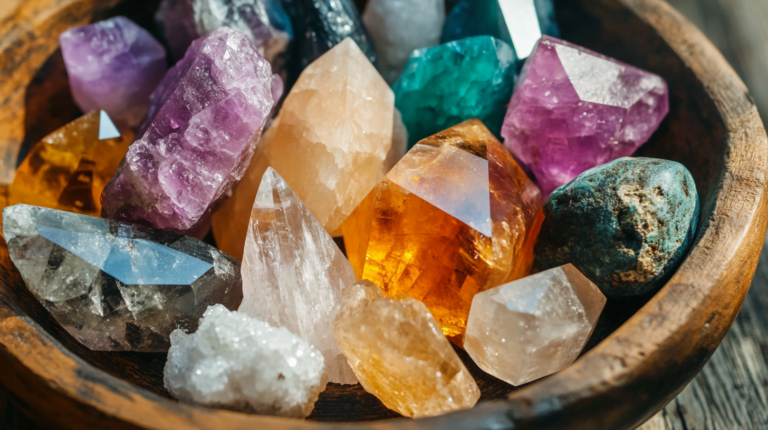Book Appointment Now
What Are Good Luck Colors?
Discover the fascinating world of lucky colors and their cultural significance. Explore colors like red, green, blue, yellow, purple, orange, and white - believed to attract good fortune across various traditions. Learn practical ways to incorporate these powerful hues into your life through fashion, decor, and branding. Unlock the secrets of harnessing the symbolic power of color for manifestation and prosperity.

Introduction
Colors have held profound significance across various cultures and civilizations throughout history. From the vibrant hues adorning ancient temples to the symbolic shades woven into traditional attire, colors have been imbued with deep meaning and believed to possess mystical powers. Among these, certain colors are revered for their ability to attract good luck and fortune. In this article, we’ll delve into the fascinating world of good luck colors, exploring their symbolism, cultural significance, and practical ways to harness their potential.
The Psychology of Color
Before we dive into the specifics of lucky colors, it’s essential to understand the profound impact colors have on our emotions, behavior, and perception. The field of color psychology examines how different hues can influence our moods, thoughts, and even physiological responses. For instance, warm colors like red and orange are often associated with energy, passion, and excitement, while cool colors like blue and green evoke feelings of calm and tranquility.
Moreover, colors play a crucial role in marketing and branding, as companies carefully select color schemes to convey specific messages and elicit desired responses from consumers. Cultural differences also shape our perception of colors, with certain hues holding distinct meanings and associations across various societies.

Colors Associated with Good Luck
Now, let’s explore the colors that are widely believed to bring good fortune and the rich symbolism behind them.
Red
The vibrant hue of red is a powerful symbol of good luck in many cultures:
- China: Red is deeply rooted in Chinese culture, representing prosperity, happiness, and good fortune. It’s a prominent color during Chinese New Year celebrations and is often used in decorations, clothing, and gift envelopes.
- India: In Hindu traditions, red symbolizes purity, fertility, and love. It’s a sacred color associated with the goddess Lakshmi, the embodiment of wealth and prosperity.
Green
The verdant shade of green is closely tied to growth, harmony, and abundance, making it a popular lucky color worldwide:
- Ireland: The “Emerald Isle” is renowned for its lush green landscapes, and the color green has become synonymous with the luck of the Irish. Wearing green on St. Patrick’s Day is believed to bring good fortune.
- Middle East: In Islamic cultures, green holds great significance as the color of paradise and represents life, nature, and renewal.
Blue
Representing trust, loyalty, and serenity, the calming hue of blue is considered lucky in various traditions:
- Judaism: Blue is a sacred color in Judaism, symbolizing divinity and the sky. It’s prominently featured in religious attire and ceremonial objects.
- Ancient Egypt: The Egyptians associated blue with the gods and the life-giving Nile River, making it a color of good luck and protection.
Yellow
The sunny shade of yellow is often associated with optimism, happiness, and creativity, making it a lucky color in many cultures:
- Ancient Greece: Yellow was the color of the sun and the gods, representing warmth, light, and good fortune.
- Feng Shui: In the practice of Feng Shui, yellow is believed to enhance concentration and promote mental clarity, both essential for attracting luck and success.
Purple
The regal hue of purple has long been associated with royalty, luxury, and spirituality, lending it an aura of good luck:
- Thailand: Purple is the color of the Thai king and is considered a symbol of good fortune and prosperity in Thai culture.
- Catholicism: During the season of Lent, purple is worn by clergy to represent penitence and spiritual renewal.
Orange
The vibrant and energetic shade of orange is often linked to enthusiasm, determination, and success, making it a lucky color in various traditions:
- Netherlands: Orange is the national color of the Netherlands and is associated with the House of Orange, the Dutch royal family. It’s a color of pride and good fortune for the Dutch people.
- Hinduism: In Hindu traditions, orange represents the sacral chakra and is connected to creativity, sexuality, and the manifestation of desires.
White
The pure and pristine hue of white is often symbolic of new beginnings, innocence, and purity, making it a lucky color in many cultures:
- Japan: While white is traditionally associated with mourning in Japanese culture, it’s also the color of the gods and is believed to bring good luck and protection.
- Weddings: In Western cultures, white is the traditional color of bridal gowns, representing purity, innocence, and the start of a new chapter in life.
Incorporating Lucky Colors into Your Life
Now that you’re familiar with the various lucky colors and their symbolism, you might be wondering how to incorporate them into your life to attract good fortune. Here are some practical suggestions:
- Wear lucky colors: Consider wearing clothing or accessories in your lucky colors for important events, job interviews, or when you need an extra boost of confidence and good luck.
- Decorate with lucky colors: Incorporate lucky colors into your home or office decor through paint, furniture, artwork, or accent pieces. This can create a positive and uplifting environment conducive to attracting good fortune.
- Use lucky colors in branding and marketing: If you’re a business owner or marketer, consider incorporating lucky colors into your branding, marketing materials, or product packaging to tap into their symbolic power and appeal to your target audience.
- Combine lucky colors: For an extra dose of good luck, you can combine multiple lucky colors in your attire, decor, or branding. For example, wearing a green shirt with a red scarf or decorating your office with shades of yellow and purple can amplify the positive energy and good fortune associated with these hues.
The Importance of Intention and Belief
While the power of lucky colors is rooted in cultural traditions and symbolism, it’s important to recognize the role of intention and belief in manifesting good fortune. The placebo effect, a well-documented phenomenon in psychology, suggests that our beliefs and expectations can influence our experiences and outcomes.
By consciously focusing on the positive symbolism of lucky colors and combining them with positive affirmations, visualizations, and a mindset of abundance, you can potentially enhance their impact on attracting good luck into your life.
However, it’s crucial to approach the use of lucky colors with an open and balanced mindset. While they can serve as powerful tools for manifesting positivity and good fortune, it’s essential to remember that they are not a substitute for hard work, perseverance, and taking practical steps towards achieving your goals.

Conclusion
The world of good luck colors is a fascinating tapestry woven with rich cultural traditions, symbolism, and the power of human perception. From the vibrant red of prosperity to the serene blue of trust, each lucky color holds a unique significance and the potential to attract positive energy and good fortune into our lives.
As you embark on your journey of exploring and incorporating lucky colors, remember to approach it with an open mind, a positive attitude, and a willingness to experiment. Combine the symbolic power of these hues with your own intentions, beliefs, and practical efforts to create a harmonious blend of luck, manifestation, and personal growth.
Embrace the magic of good luck colors, but also recognize that true fortune often lies in the intersection of opportunity, hard work, and a mindset of abundance. May the vibrant hues of good luck illuminate your path and guide you towards a life filled with prosperity, happiness, and endless possibilities.
FAQs
Are lucky colors universal across all cultures?
While certain colors like red, green, and yellow are widely recognized as lucky across many cultures, the specific symbolism and associations can vary. It’s important to research and understand the cultural context and traditions behind lucky colors to fully appreciate their significance.
Can lucky colors change over time or in different contexts?
Yes, the meaning and perception of lucky colors can evolve over time or differ based on specific contexts. For example, while white is traditionally associated with mourning in Japanese culture, it’s also considered a lucky color representing the gods and purity.
How can I find out which colors are lucky for me personally?
Identifying your personal lucky colors can involve exploring your cultural heritage, astrological associations, or simply paying attention to the colors that resonate with you and make you feel positive and empowered. You can also consult with experts in fields like color psychology or numerology for personalized guidance.
Are there any colors that are considered unlucky?
Just as certain colors are believed to bring good luck, some hues are associated with misfortune or negative energy in various cultures. For example, black is often seen as an unlucky color in many Western and Asian traditions, while green can be considered unlucky in some parts of the Middle East.
Can lucky colors be used in combination with other good luck charms or practices?
Absolutely! Lucky colors can be combined with other good luck charms, rituals, or practices to amplify their potential for attracting positive energy and fortune. For instance, you could wear a lucky color while carrying a lucky charm or performing a specific ritual or meditation practice.



